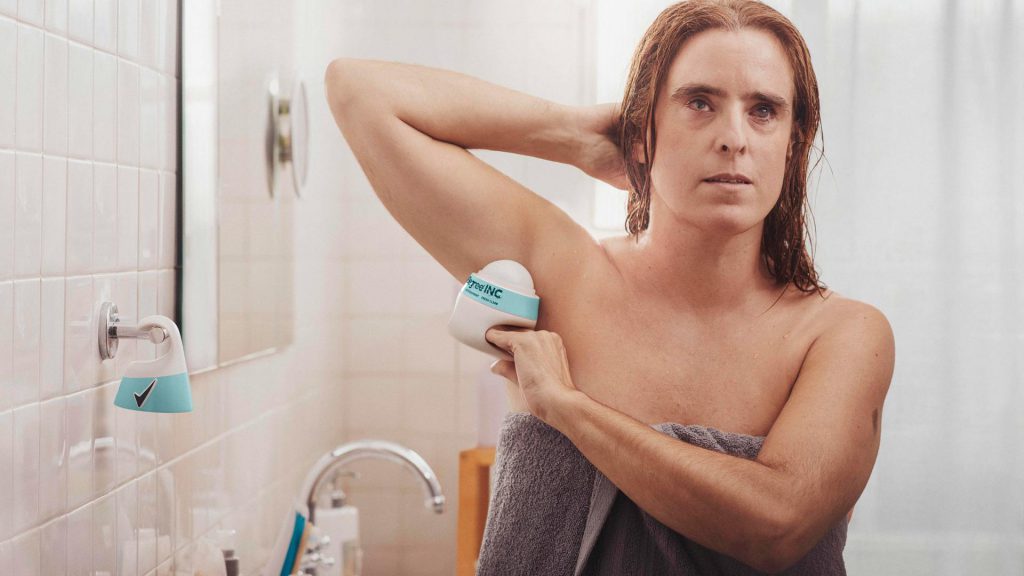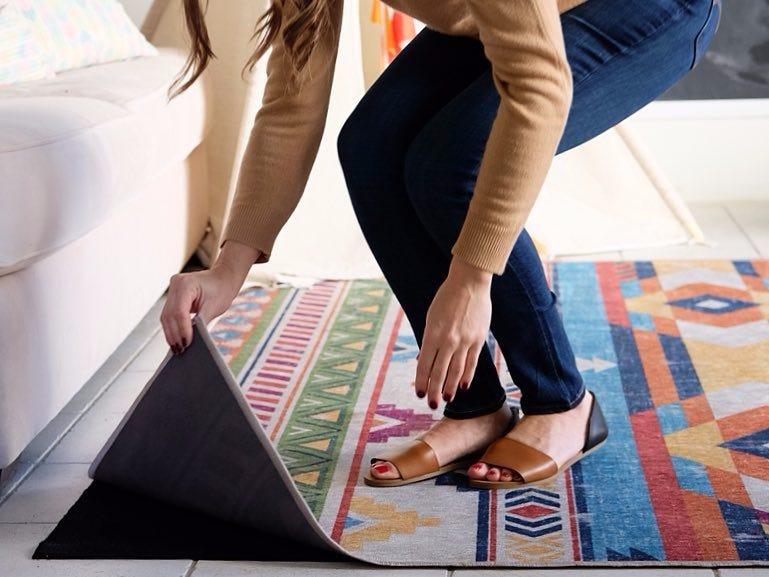
This article is part of #TheBigeyeLens series exploring the future of consumer behavior, purchasing decisions, and marketing trends. We’ll be talking about DTC Design Trends that are taking over.
Since eCommerce sales exploded in the past several months, online brands have enjoyed a lot more opportunities to prosper. At the same time, increased sales attracted more competition. New and established businesses began competing for attention on retail sites, search engines, and social media.
To stand out from the crowd, successful sellers looked for ways to improve DTC product design to better satisfy consumers, improve their brand image, and get found both online and offline.
Five DTC Product Design Trends to Enhance Online Marketing for CPG Products
In a crowded online or offline market, brands first need to uncover CPG marketing trends to learn what their potential consumers seek, besides just another jar of face cream, bottle of vitamins, or piece of home decor. With that in mind, consider these five design trends that can offer distinct competitive advantages and more effective online marketing for CPG products.
1. Sustainability
Beyond high-quality products, sustainability can also attract today’s eco-conscious consumers, as discussed in this Bigeye article about sustainable DTC packaging design. Almost everybody expresses at least some environmental concerns, and a majority of people say they’re willing to take steps to live more sustainably. When brands demonstrate that they offer the more sustainable choice, they can differentiate themselves from competitors.
Look at a couple of examples of companies that use sustainability to compete with major grocery retailers:
- Grove Collaborative: Grove Collaborative makes it easy for consumers to conveniently and affordably buy high-quality, sustainable consumer products online. These benefits make this company a hit with growing families and other eco-conscious consumers.
- Imperfect Foods: Typical grocers look for uniform size and color. Imperfect foods can sell too-long bananas or ugly peaches to reduce food waste and save their customers money.
- Luma & Leaf: The natural skincare brand uses vegan, sustainably sourced ingredients to ensure that their products are kind to your skin and the environment alike. The Luma & Leaf packaging is meant to be upcycled after use to keep empties out of landfills.

2. Vintage-inspired product designs
Harvard Business Review discussed the benefits of nostalgia as a coping tactic to help deal with stress. This sentimental feeling can make people happier, reinforce social bonds, serve as a source of inspiration, and even provide a more balanced perspective on current issues.
While some people prefer reminders of past times they actually lived through, others feel connected to decades that occurred before they were born. Overall, society may offer better current solutions today, and most people know this. Still, with nostalgia, it’s possible to take the best and leave the rest in the past.

As an example, Today ran a segment on the way fashion tends to recycle themselves about every 30 years. They noted that the early 1990s to 2000s brought back an updated version of mod hats and flared pants from the late 1960s to early 1970s.
Right now, Gen Z has reawakened this trend. As an example, look at this vintage smiley face hat from Urban Outfitters that Miley Cyrus popularized on Instagram. Levi’s also released high-waisted, flared jeans that would fit right into 1970 almost as well as 2021.
3. Accessibility
As Unilever pointed out on a product page, people who cope with various disabilities make up the world’s biggest “minority group.” Their research found that just about 25 percent of Americans live with disabilities, and that most personal care and beauty products overlook them.
For instance, people who must deal with a limited range of motion or visual problems have trouble using typical deodorant sprays or twist applicators. In response, Unilever worked with disabled communities and product designers to develop Degree Inclusive.
The package design allows for one-handed use, even with a limited ability to grasp the container. Not only can Unilever help make a positive change in the market, they can also attract a large and underserved market.

4. Personalization
Limited space on retailers’ shelves tends to emphasize one-kind-fits-all products. Products don’t need to take up physical space for online retailers, so consumers have the opportunity to find the perfect product to suit their budget, personality, and unique requirements.
A consumer insights agency doesn’t need to uncover products that most people will find good enough to satisfy their needs. Instead, they can work to develop many smaller subniches and markets that large competitors may overlook or choose not to focus on.
A couple of examples of companies that have succeeded with a personalization strategy include:
- Care/of Vitamins: This brand offers a diverse selection of high-quality nutritional supplements and holistic remedies to suit each customer’s needs. Customers also say that Care/of stands out by offering personalized customer service to ensure satisfaction and the best solutions.
- Function Beauty: Function Beauty starts by developing cruelty-free, vegan products that exclude harmful chemicals. They also offer online quizzes on their site to help tailor hair and skin products to the exact needs of each customer.
5. Photogenic products made for social sales
Neil Patel, a top influencer and founder of his own consumer marketing agency, talked about the important and difficult job of standing out on social media these days. According to Neil Patel, visual content stands as a critical pillar of successful social media campaigns.
He mentioned scientific reasons to support this outlook. For instance, visual information represents 90 percent of what’s transmitted to human brains. People also process visual information exponentially faster than they do text. After all, most kids need to go to school to learn to read but not to see.
With the idea of standing out in crowded Instagram and Facebook feeds, plus enjoying the benefits of influencers attracting a wider audience, look at some good examples:
- Ruggable: Ruggable sells two-piece sets that consist of washable rugs and non-slip pads. They make the rugs resistant to spills and nontoxic, and the brand appeals largely to pet owners and parents who don’t want to worry about spending a lot of money on high-quality furnishings only to have them ruined by a spill or accident. The company grew their business quite a bit by using platforms to find social media influencers with the right audience. They also produce outstanding images of their rugs arranged in realistic settings.
- Away Luggage: In 2015, Jen Rubio leveraged her own malfunctioning suitcase experience in a foreign airport as the inspiration to develop durable suitcases with handy, built-in chargers. By blanketing social media with the product, they made $12 million in sales during 2016 and achieved profitability in 2017. Though the company eventually opened a few physical stores, they do most of their business online. The pandemic hampered momentum somewhat, but Away Luggage brought in $150 million in 2019.

Attention to CPG Marketing Trends Offers Outstanding Competitive Advantages
Plenty of online and offline stores offer beauty products, rugs, luggage, and a variety of other consumer products. Attention to consumer preferences and trends helps products stand out, so they can compete in crowded marketplaces.
These days, look for ways to design products and packaging to appeal to customers through personalization, sustainable options, accessibility, sentimentality, and visual appeal. The right competitive edge means that brands might not need to compete so much on price and can also enjoy better returns from marketing investments.



